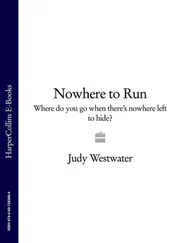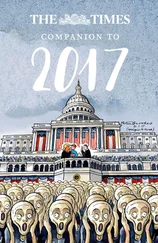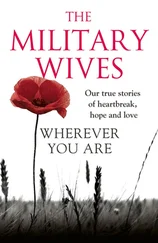But you know what? They're just deferring the problem. Because once you have this great raw sprawling first draft, how do you find that leaner, more coherent second draft? The dangers of analysis are very powerful in that search.
What I'm suggesting instead is this:
You go to your writing space as you would on a day when you're planning to write words. You go into your trance, just as you would if you were writing your new book sentence to sentence. But that's not what you do. Instead you're going to do what I call dreamstorming —not brainstorming, dream-storming. You're going to sit or recline in your writing space in your trance, and you're going to free-float, free-associate, sit with your character, watch your character move around in the potential world of this novel. You're going to dream around in this novel, one level removed from moment-to-moment writing — that is, at the level of scene. You're going to do this for six or eight or ten or twelve weeks, every day. You're going to go into your writing space, you're going to go into your dreamspace, you're going to float around, and you're going to dreamstorm potential scenes in such a novel as this with such characters as these, with such yearnings as these. And you'll try to float everywhere in the novel: beginning, middle, end— all over.
You'll have a pad of paper in front of you (you can do it at your computer if you prefer; I do it by hand on legal pads); you'll make a list. You're going to write down on this legal pad six or eight or ten words, not many more, that represent a potential scene, just identifiers of scenes. Don't hesitate to put something down, as long as it's coming with a sensual hook. You're going to make sure that every scene you list has come to you with some — and it can be very faint, very fragmentary— but some sensual, concrete hook. A little vision of something, a little smell or taste of something, a little sound of something. Do not trust a scene that presents itself to you as an idea. Each scene must have an even fragmentary vision, some sort of sense impression attached to it.
Then you write down the briefest identifier of that scene. For example: Lloyd rapes Anna. Darrell ponders his digging trowel —those were typical identifiers from Countrymen of Bones. On a typical day you'll float among a number of possible scenes from different parts of the book. And when a compelling scene comes to you, you might be visited by the draft writer's instinct — you want to start writing the full scene right away. Don't do it. Resist it. Even if that scene is "Wow! It's vivid. It's got, oh man, it's really almost there." You've got the six- or eight-word identifier and you leave it at that. This is coitus interruptus. You float on.
Now, you might find yourself getting into little runs of scenes. This scene provokes an image of another scene and another, possibly in sequence. Well, OK, follow it; that's great. List each one, six or eight words. But as soon as the run peters out, do not force it, do not try to find what goes next.
This is very important: through the whole six or eight or ten or twelve weeks, you do nothing —and I emphasize nothing —to try to organize, structure, or otherwise manipulate these scenes. You do not even try to reconcile totally contradictory scenes. Lloyd rapes Anna; Lloyd thinks of raping Anna hut doesn't. If you have a fragment of each of those scenes on two different days, don't reconcile them. Put it all down, all that contradictory stuff.
Eventually, the law of diminishing returns sets in, the scenes come more slowly, and one day along about the sixth or eighth or tenth or twelfth week you find yourself with only one scene and you say, "Whoa, I'm finished with doing this."
Now you've got what? A hundred and fifty? Two hundred scenes? You may have three hundred. You're ready to go to the next stage.
Say you have two hundred scenes. You buy yourself two hundred three-by-five cards — not five-by-seven; you only need room for a phrase, and you want them to be easy to handle. Turn the cards horizontal. Write the identifying phrase or set of words in the center of the card. Write one scene per card. Now you have two hundred cards with two hundred scenes.
By the way, a word about three-by-five cards. Functional fixedness can cut both ways. Some of you may have a very strong association between three-by-five cards and an academic thesis or dissertation or other analytical work. If so, you may need to change something about them. If you worked with white three-by-fives in your life of the mind, perhaps you can use a different color card for your creative work.
So you've overcome any possible negative associations and you've got your two hundred scenes on two hundred cards. The next day, you go into your writing space, you clear yourself a tabletop, and you go into your trance. Then you start flipping through your two hundred cards. Every time you look at a card there's a little sense impression that jumps off the card at you: bing, bing, bing. What are you doing? You're looking for the first good scene in the book — the best point of attack. Narratively, this scene will obviously be near the beginning of events but may not be the first chronologically; the story may have already begun. You find this scene, you put it in the upper left-hand corner of that big empty space. Now you flip your cards. You're in your trance. You flip the cards looking for that second scene. What scene would follow the one in the upper left corner of your table? You find it, you put it up there next to the first, and so forth. At the end of the first day, you've got, for example, eight cards in a row. Pick them up in order. Bind them tight.
The next day, you come into your writing space, you go into your trance, you flip those eight cards. You're reading your book. You lay them out again, upper left-hand corner of your table. Now you're looking for the next scene in your cards, and so forth.
Now, there are a couple of ways to go here. Let me deal first with the possibility that you're going to go all the way through to the end of the book, arranging your cards, plotting your whole novel this way. I did that with Countrymen of Bones (and in the process my two hundred cards resolved themselves into ninety-two).
What happens as you move along, in your trance, picking up your cards one after the other? Say you get to card number 22—scene number 22—and when you choose the next scene out of the remaining 178, you realize there's a hiatus.
There's a gap in the action between 22 and the next card. Now you can dream up some scenes to fill the gap. Go back into your trance and dream two or three cards in there. At some point you're going to find yourself dreaming, on cue, scenes that you didn't get to the first time, filling gaps. You'll also find that a lot of scenes you have dreamed aren't going to make it into the final structure of the novel. And you'll find that the contradictions become reconciled as the structure takes shape and you find your way through to the end. If you're arranging your cards in this extreme way, all the way to the end of the book, number the cards, one to however many represents the whole structure.
During the brainstorming phase, do not give any consideration whatsoever to continuity. Embrace the seeming randomness. If you are tapping into your unconscious and moving around a legitimate character with legitimate yearning, it's hard to say what your unconscious is already perceiving and contextualizing. Once you finish the dreamstorming — weeks — then you try to bring order to that randomness. However, you're simply looking for continuity from one scene to the next. You are looking for the through-line among all those disparate parts. The nature of transition is totally unconsidered. There are so many potential moments and so many possibilities of scene in this book that the only way to explore them fully without willing them into a structure is to let them happen at their own seemingly random pace. Then, only after that, your job is indeed to see the sequence that makes narrative sense of the disparate pieces.
Читать дальше
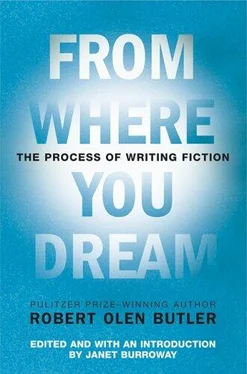
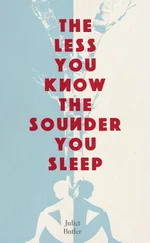
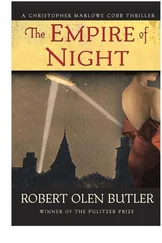
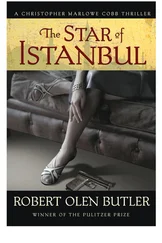
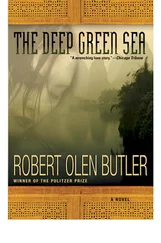
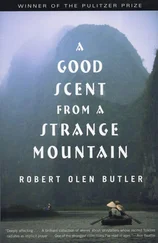
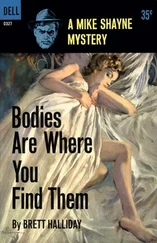
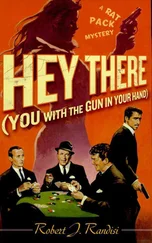

![Theresa Cheung - The Dream Dictionary from A to Z [Revised edition] - The Ultimate A–Z to Interpret the Secrets of Your Dreams](/books/692092/theresa-cheung-the-dream-dictionary-from-a-to-z-r-thumb.webp)
